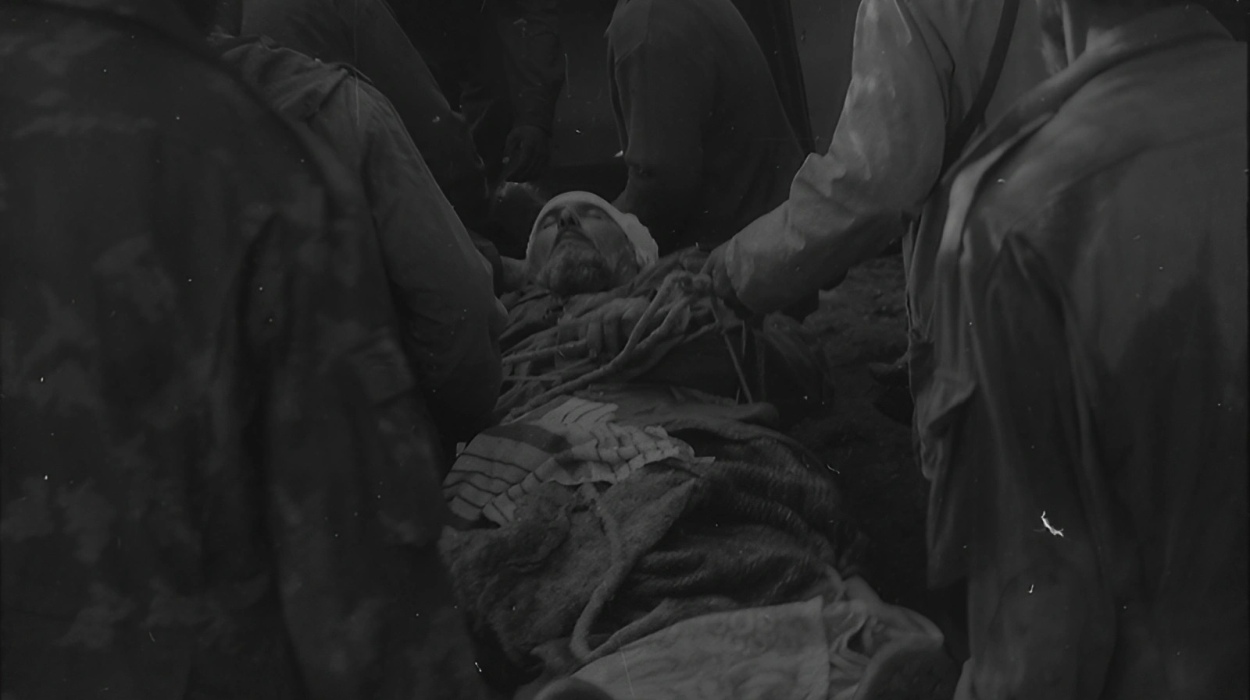Lost Battles: January and March 1993, by Anastasia Shesterinina

Mobilizing in Uncertainty Collective Identities and War in Abkhazia, by Anastasia Shesterinina
Cornell University Press (2021) - Chapter 6, pp.170-172.
Indeed, the Abkhaz losses over the next year were dramatic. As the army was being formed during the war, rather than in preparation for it, training during fighting was inadequate to prepare fighters for battle. As a postwar assistant to the minister of defense confirms, “Creating an army is not easy. You need tens of years to create an army. I have been an assistant to the minister of defense for fifteen years, and I can say that something close to an army started to appear only ten years after. It used to be called an army in the past as well, but the qualities necessary to hold fighting operations as an army would require long schooling.”
Despite training that began in the east and west of Abkhazia, the transformation into an army was a gradual process, and military failures started right after the successful Gagra operation. By October 13, the Abkhaz took the strategic mountain height of Tsugurovka over the Gumista front line to attack Sukhum/i, but were forced to retreat, with losses. On October 26, the Ochamchira/e operation in the east failed due to weather changes and engine malfunction, delaying support for ground troops from the sea. But the most significant losses were in the January and March 1993 attacks on Sukhum/i.
The Abkhaz planned the January 5 attack on Sukhum/i as the Georgian presence intensified on the east front. The headquarters envisioned a three-pronged attack similar to that at Gagra, with two battalions fortifying the lower and upper bridges across the Gumista River and the third going into battle. Georgian forces, however, prevented the crossing with fire, and some Abkhaz units were late or did not show up for the operation. Those units that crossed the river did not get support, and the operation failed. A fighter at lower Gumista tells, “We sat in ice-cold water for seven hours . . . under sniper cross fire” (interview in Khodzhaa 2009, 48). “We guarded the entire position from Tsugurovka up, but the operation was canceled,” a fighter at the upper Gumista says. Thus, thirty-five Abkhaz were killed and dozens injured (Pachulija 2010, 139).
Commanders drew lessons from these losses: “We learned as we went. There were failed attempts from lack of knowledge. For example, in January 1993 we went right to the enemy’s front. Many died, many were captured. But the spirit remained. Then we used other tactics, started utilizing [mountain] heights.”
In March, a stronger Abkhaz force was to attack the lower and upper Gumista, using the Tsugurovka height. The attack was postponed by a day due to communication issues. When it began on March 15, some units once again were late or did not show up, and a Georgian counterattack forced most Abkhaz to retreat. “We went to the Gumista in March. There was no support, no communication,” participating fighters say. “The March attack was the most difficult, [as] they took control of the height, bombed us.” Some units broke through, but could not make it to Sukhum/i. As a commander recalls, “All battalion commanders signed orders— at what time one would cross the Gumista River, who would go through to the top. It was a shuttle method—one group from the battalion crosses the river, takes the trenches through battle, and sits there. Then the others cross the river. But the others did not come. If they had come, Sukhum would have been freed that same day. . . . [It] was almost free of Georgians. But we could not manage. The plan died. Many were killed then.”
This was one of the darkest episodes in the war for the Abkhaz, with 222 deaths and further injuries (Pachulija 2010, 175). One unit lost half of its fighters, for example. Its commander says: “We went as thirty-one people and came back fifteen. Sixteen remained there injured and dead. We could not take everyone.”
The legitimacy that the transformation to an army gave to the Abkhaz force did not translate into military prowess on the ground. Commanders and fighters admit to inexperience and mistakes:
Before each operation commanders got orders and were supposed to open an envelope [with the orders] at a specific time. But there was inconsistency among commanders. Many were inexperienced, did not implement orders, not everyone opened their orders on time. When we had a task to take a location, we sent a few battalions as cannon fodder, but we should not have done this.
We did not have regular forces, had few weapons, disorganization, even if I do not want to say this. There was no experience. Commanders may have been experienced, but it was not easy to organize fighters. Sometimes commanders said one thing, but the boys did another.
Almost all participants say that they learned from these mistakes and prepared differently thereafter: “We participated in all the attacks—January, March—the unsuccessful ones. Many died. We drew implications and prepared otherwise.” Russian training was particularly important in this regard: “We had training with Russian instructors. There our Abkhaz army was really prepared. We were no longer some militia. . . . Those who prepared us said, ‘You have to fight not with the number but with the skill.’ Because the numbers in our army were not high, the skill brought all the success. . . . This [training] helped with the planning and preservation of the battalion.”